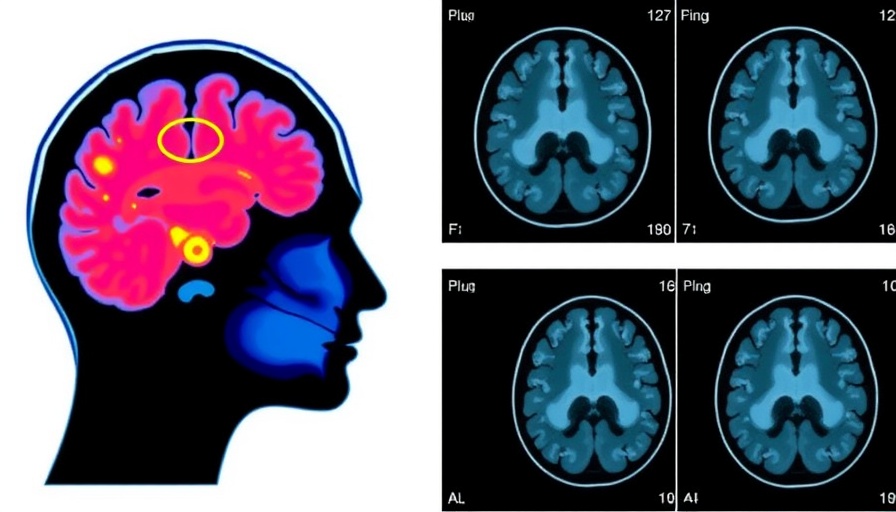
Understanding the Impact of Brain Metastases in Non-Small Cell Lung Cancer
The prevalence of brain metastases among patients diagnosed with metastatic non-small cell lung cancer (mNSCLC) has significant implications for treatment protocols and patient outcomes. Data from a recent study published in Clinical Lung Cancer highlights that over 21% of Medicare beneficiaries diagnosed with mNSCLC presented with brain metastases at diagnosis. This statistic is particularly noteworthy as it indicates a critical need for more effective monitoring and treatment strategies in this patient population.
Prevalence and Age Disparities in Brain Metastasis Detection
The data from the study revealed a troubling trend: the prevalence of brain metastases at diagnosis decreases with age. In patients aged 65-74, the prevalence was noted at 25.6%, compared to 9.4% in patients aged 85 and older. Additionally, a staggering 27.3% of patients did not receive the recommended brain imaging at diagnosis, leading to delayed treatment and poorer outcomes. This disparity in imaging utilization underscores the necessity for healthcare providers, especially those in concierge practices, to advocate for equitable diagnostic practices regardless of patient age or socio-economic status.
Socioeconomic Factors and Treatment Access
The study also illustrated a disturbing correlation between poverty levels and access to necessary imaging and treatment. Patients residing in high-poverty areas were significantly less likely to receive both brain imaging (odds ratio [OR] 0.664) and first-line systemic therapy (OR 0.580). This indicates that socioeconomic factors influence patient care delivery, a critical consideration for concierge medical practices aiming for comprehensive patient care solutions that also address the social determinants of health.
Action Steps for Concierge Medical Practices
For concierge medical practice owners looking to improve patient outcomes and secure their standing in the local market, understanding and addressing these disparities is paramount. By implementing proactive measures to ensure comprehensive diagnostic screenings and integrating a framework for addressing socioeconomic barriers, practices can enhance patient trust and care quality. Educating patients about the importance of brain metastasis monitoring can further empower them to seek timely interventions.
Looking Ahead: Opportunities for Equitable Healthcare Delivery
In recognizing the challenges faced by patients with mNSCLC, there exists a unique opportunity for concierge medical practices to lead the way in equitable healthcare delivery. By fostering partnerships with local hospitals, engaging in community outreach programs, and advocating for policy changes that enhance access to care, practices can position themselves as champions for patient advocacy in their communities. This approach not only benefits patients but also strengthens the reputation of the concierge practice as a leader in providing high-quality medical care.
 Add Row
Add Row  Add
Add 




Write A Comment